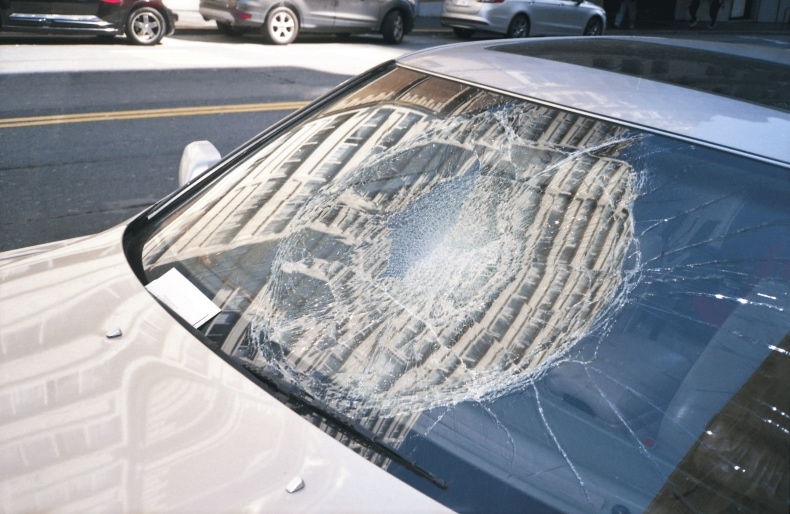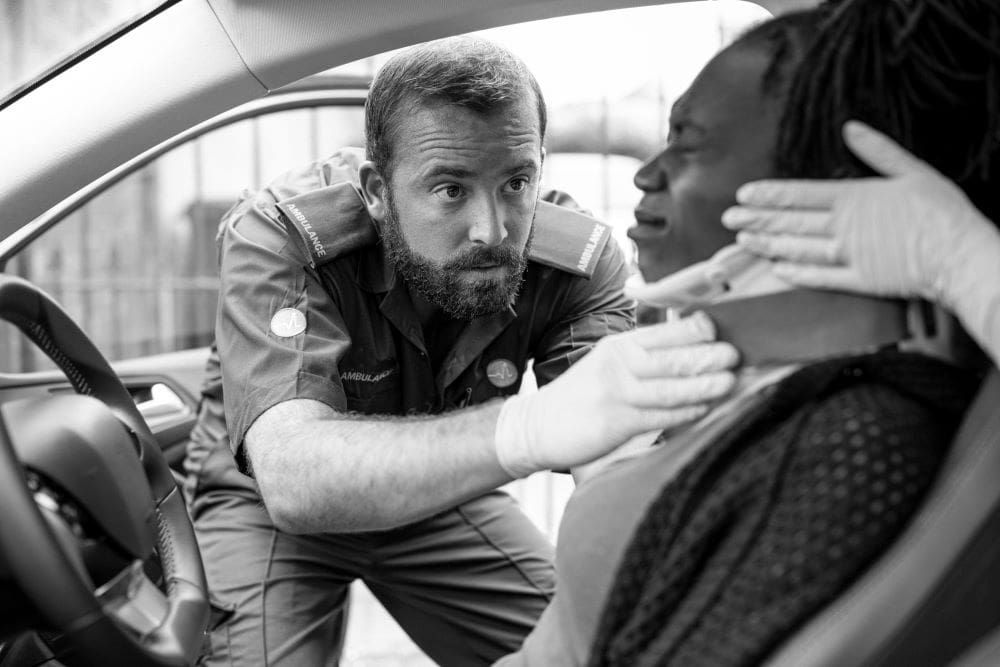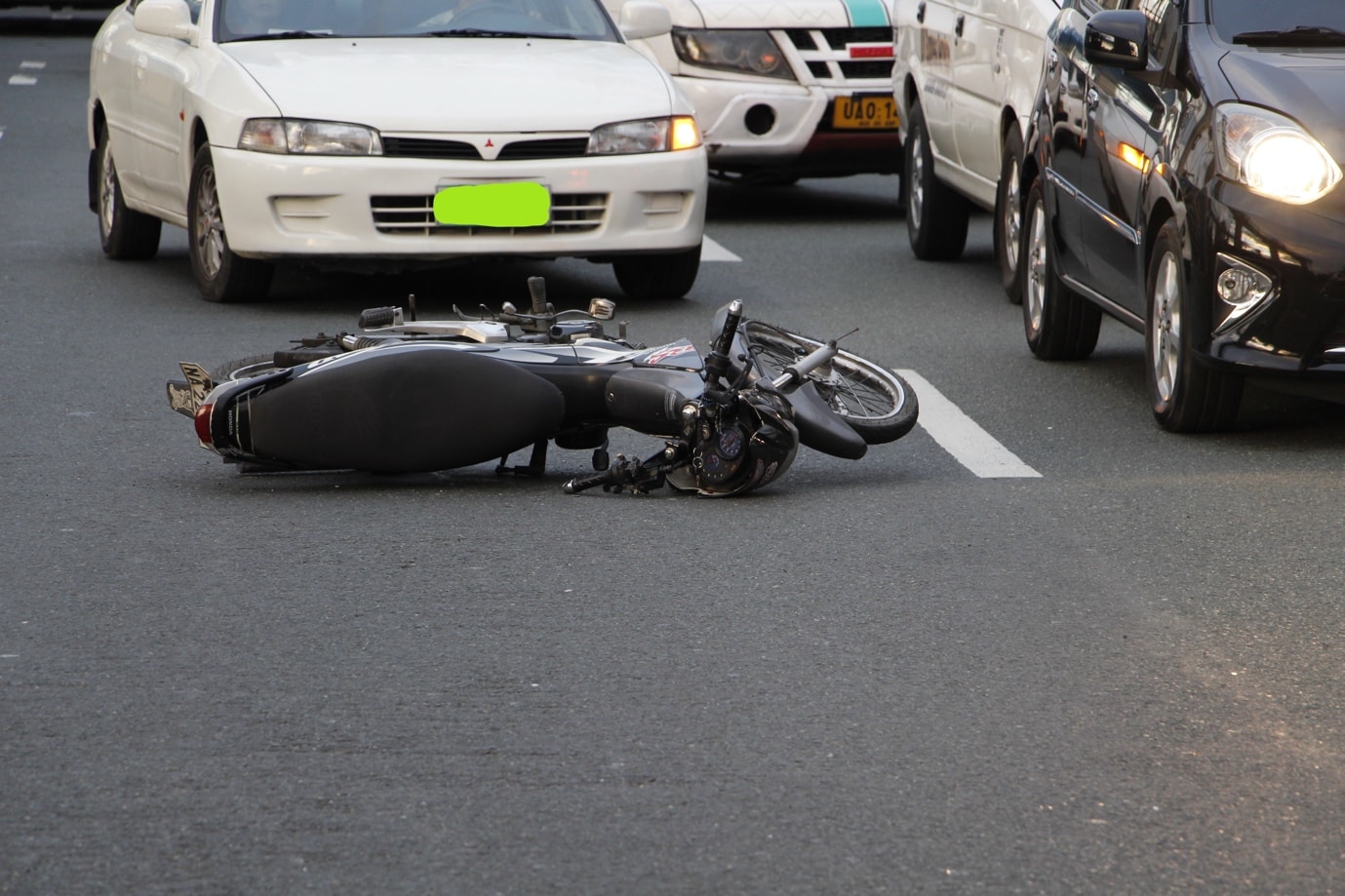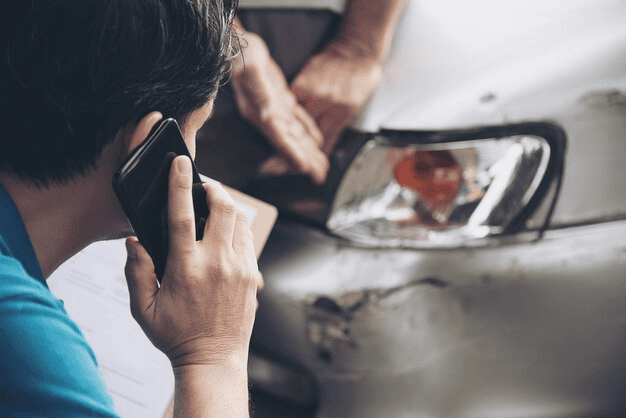
When you’re struck by a vehicle and the other driver flees the scene, the chaos and confusion can feel overwhelming. Hit-and-run claims are emotionally and legally complex. Victims often face serious bodily injury, property damage, and mounting medical expenses, all while wondering how to move forward.
If you’re dealing with a hit-and-run accident, you’re not alone. Thousands of people suffer injuries in motor vehicle accidents where the responsible driver leaves the scene. In this article, we’ll explore your legal rights, protections under Colorado law, and what options you have to recover compensation. More importantly, we’ll answer the question many accident victims ask: Should you hire a lawyer after a hit-and-run incident?
Understanding Hit-and-Run Accidents Under Colorado Law
A hit and run occurs when a driver involved in a car accident leaves the accident scene without stopping to provide reasonable assistance, contact law enforcement, or share their insurance information. This act is not just negligent, it’s a crime.
According to Colorado Revised Statutes § 42-4-1601, drivers must stop immediately after an accident that results in bodily injury, property damage, or death. Failure to do so can lead to hit and run charges, including criminal charges, jail time, and suspension of a valid driver’s license.
The law classifies hit-and-run cases into tiers:
- The law treats it as a Class 1 misdemeanor traffic offense if someone suffers injuries as a result of the accident.
- It becomes a Class 4 felony if the accident causes serious bodily injury
- If the crash results in death, the fleeing driver faces a Class 3 felony
These laws exist to protect accident victims and ensure that every driver responsible is held accountable. However, the burden often falls on the injured party to initiate the legal process.
What You Should Do After a Hit and Run Crash
Immediately following a hit-and-run crash, your safety and health come first. Seek medical treatment even if your injuries seem minor. Some serious bodily injuries may not be obvious at first.
Then, take these steps:
Call the police immediately. An official police report creates vital documentation that strengthens your insurance claim.
Record details of the other vehicle: Try to recall the license plate number, make, model, or color.
Look for witnesses or surveillance: Traffic camera footage or eyewitness statements can help identify the hit-and-run driver.
Notify your insurance company: Report the hit-and-run accident to your insurance provider without delay.
By acting swiftly, you increase your chances of building a strong personal injury claim even when the other driver is unidentified.
How Auto Insurance Works in Colorado Hit and Run Cases
Colorado follows a fault-based insurance system. This means the at-fault driver is responsible for paying damages. But in hit-and-run cases, the other driver often disappears, leaving no insurance information or way to trace them.
Here’s where your auto insurance policy comes in. If you have uninsured motorist coverage (UM/UIM), you can still pursue compensation for:
- Medical bills
- Lost wages
Under Colorado law, insurers must offer uninsured motorist coverage, although policyholders can reject it in writing. If you carry this coverage, it acts as a financial lifeline when the driver responsible can’t be found.
However, negotiating with your insurance carrier is rarely easy. Insurers often minimize payouts, delay processing, or even deny valid claims, especially without clear proof of the hit-and-run incident.
The Real Cost of a Hit and Run
Beyond medical expenses, many accident victims face long-term consequences:
- Missed work and lost wages
- Ongoing medical treatment for serious injuries
- Emotional trauma from the shock and uncertainty of the hit-and-run
- Difficulty paying bills without a clear insurance coverage outcome
Even after filing an insurance claim, the process can take several months depending on the complexity of the case, the evidence submitted, and the responsiveness of the insurer. Victims often feel stuck, especially when dealing with complex forms, delayed approvals, and dismissive adjusters.
Without proper documentation or guidance, recovering fair compensation becomes a frustrating uphill battle. And while the state may pursue criminal charges against the hit-and-run driver, that doesn’t help you recover your losses in civil court.
Should You Hire a Lawyer After a Colorado Hit and Run Incident?
If you’re asking this question, consider the following:
- Do you know how to gather traffic camera footage, witness statements, and build your case?
- Are you comfortable negotiating directly with an insurance company determined to protect its bottom line?
- Have you missed work or suffered severe injuries that require long-term care?
An experienced hit-and-run accident attorney understands Colorado law and how to apply it in complex car accident cases.
Legal professionals can help you:
- File a strong personal injury lawsuit or claim
- Work with investigators to track down the hit-and-run driver
- Hold the insurance provider accountable under your auto insurance or uninsured motorist coverage
- Pursue the full compensation available under Colorado law based on the facts and documentation in your case.
Most importantly, they handle the legal pressure while you focus on healing. If your injuries or losses are significant, seeking legal advice can make all the difference.
Legal Time Limits and Filing Deadlines
Many Colorado auto insurance policies require insured drivers to notify their provider of a claim, particularly uninsured/underinsured motorist claims, within a specific timeframe, often within one year. This deadline can vary by policy, so it’s essential to review your plan and act promptly. For a personal injury claim, the statute of limitations is usually three years from the date of the motor vehicle accident (C.R.S. § 13-80-101).
If the hit-and-run driver is later identified, the state may pursue criminal charges, but your right to sue in civil court still depends on these deadlines.
Missing them can mean forfeiting your right to recover compensation. This is why early action and legal awareness are crucial.
Holding the At-Fault Driver Accountable
Sometimes, law enforcement arrives in time or tracks down the hit-and-run driver using tips, evidence, or license plate numbers. When that happens, you may be able to file a personal injury lawsuit directly against the driver responsible.
In such cases, you can seek damages for:
- Medical expenses for the Injuries sustained
- Lost wages
- Future care or rehabilitation
- Emotional pain and suffering
If the at-fault driver lacks liability insurance, your uninsured motorist coverage can still apply. However, proving your case will still require documentation, medical records, and a strong understanding of personal injury law.
Protect Your Rights After a Colorado Hit and Run
A hit-and-run crash can turn your world upside down. Between managing medical bills, dealing with the insurance company, and healing from serious injuries, it’s easy to feel lost. But you don’t have to go through it alone.
Colorado hit-and-run claims are time-sensitive and legally intricate. Whether the other driver is found or not, the law gives you tools to seek fair compensation. But using those tools effectively often requires the right support.
At Bourassa Law Group, we understand the emotional and financial toll of a hit-and-run accident. Our accident lawyers are here to help you understand your rights and options. If you’ve been injured in a Colorado hit-and-run incident, contact us today for a free consultation, and let’s take the first step toward justice together.





